Genetic technology is revolutionizing our world. Scientists are constantly discovering new ways to modify DNA. CRISPR, a gene-editing technology, has opened up new avenues for experimentation and earned its creators the Nobel Prize in Chemistry in 2020. CRISPR allows researchers to alter DNA with precision, leading to new cancer therapies and potential cures for genetic conditions.
Gene editing, however, raises ethical concerns. Some accuse bioscientists of ‘playing god’ with the genome. Despite the controversy, genetic technology has inspired incredible scientific innovations. Here are ten astounding uses of genetic technology.
Modified Goats Produce Cancer Drugs in Their Milk
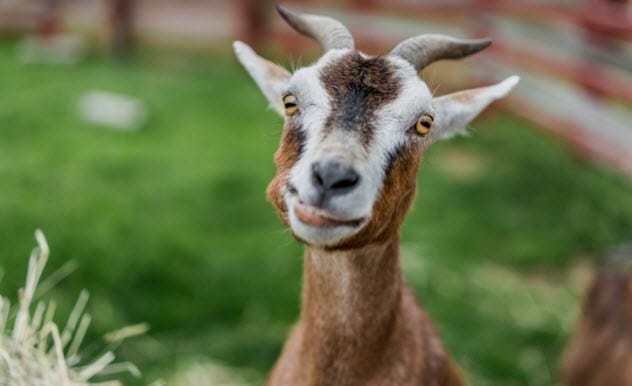
In New Zealand, scientists have genetically modified goats to produce cancer drugs in their milk. These goats produce cetuximab, a medication used to treat colon and lung cancer. Currently, this drug can cost up to $13,000 per month without insurance. Scientists hope this new production method will lower the price, making it more accessible.
Manufacturing cetuximab is expensive because its complex chemical structure requires proteins from mouse cells. These genetically modified goats offer a way to mass-produce cetuximab.
According to Götz Laible, the project’s lead researcher at New Zealand’s AgResearch institute, “It’s a lot more economic to make cetuximab in animals because their mammary glands can produce large amounts of proteins.”
Scientists Store Data Inside Living DNA

Data storage is crucial in our digital age. We rely on hard disks, optical drives, and memory sticks to store information. Scientists in New York have developed a new method using gene editing to store data in the DNA of live bacteria.
In 2021, researchers at Columbia University showed that live E. coli cells could store up to 72 bits of data. By inserting specific genes into the cell, they encoded ones and zeros into the E. coli DNA. They even wrote ‘Hello world!’ into the DNA and decoded it through DNA sequencing.
DNA is well-suited for data storage, capable of holding a massive amount of information. Scientists estimate that a DNA strand the size of a grain of salt could hold the equivalent of ten feature-length movies. As DNA reading and writing technology improves, DNA data storage may become more viable, although it’s still in its early stages.
Increasing the Lifespan of Dying Mice
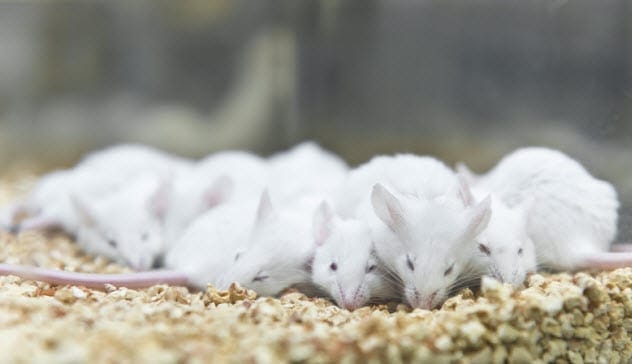
Harvard University scientists have extended the lifespan of dying mice using gene editing, more than doubling their life expectancy.
The mice were given progeria, a rare disease causing premature aging, which typically limits children’s lives to around fourteen years. The Harvard team is developing a method to alter the DNA of progeria sufferers, as regular gene therapy isn’t effective.
Terminally ill mice treated with this technique lived for a median average of 510 days, significantly longer than the expected 215 days. Professor David Liu and his team hope to develop an effective treatment for progeria and similar genetic conditions based on these findings.
Gene Therapy in One Eye Enhances Vision in Both

Scientists have discovered that gene therapy for sight loss, when injected into one eye, improves vision in both. The genes travel from the injected eye to the untreated eye, though the implications are still being studied.
The scientists were trying to treat Leber’s hereditary optic neuropathy (LHON), a progressive sight loss condition mainly affecting young men. This rare blindness is caused by a genetic mutation that destroys cells in the retina.
In a trial, 37 LHON patients received gene therapy in one eye. Remarkably, after two years, 29 reported improved vision in both eyes. The scientists found that the gene therapy viruses were moving from one eye to the other.
Experiments on macaque monkeys showed that the genes traveled down the optic nerve of one eye, crossed to the other optic nerve, and then entered the other eye.
Harmless Bull with No Horns

Researchers have found a way to create hornless bulls by editing the father’s DNA. This provides farmers with a painless alternative to dehorning, which is currently a difficult and painful process. Hornless bulls are less likely to harm other animals, easier to transport, and require less space at feeding troughs.
In 2016, two baby bulls were born without horns due to a genetic mutation introduced into the father’s cells. Scientists confirmed that the genetic alterations had been passed down without any accidental side effects.
Alison Van Eenennaam, an animal science expert at the University of California, Davis, explained, “We’ve demonstrated that healthy hornless calves with only the intended edit can be produced, and we provided data to help inform the process for evaluating genome-edited animals.”
Cows Are Made More Resilient to Heat Stress
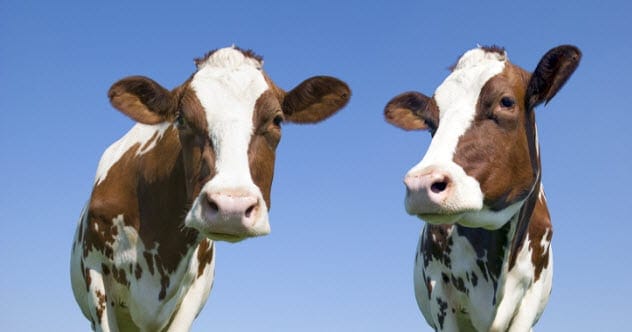
Cows are susceptible to heat stress, which causes them to lose appetite, produce less milk, and have difficulty conceiving. This results in significant financial losses for farmers. In the US, heat stress costs the dairy industry $900 million annually.
Scientists in New Zealand are using gene-editing techniques to change the color of cows’ coats. By altering pigmentation genes, they lightened the dark, heat-absorbent hair of common dairy cows. Genetically altered calves were born with light silver-colored markings instead of the typical black patches of Holstein-Friesian cattle.
The researchers hope to use DNA from tropical cattle that are more resilient to high temperatures to further refine their research.
Overweight Mice Lose Body Fat
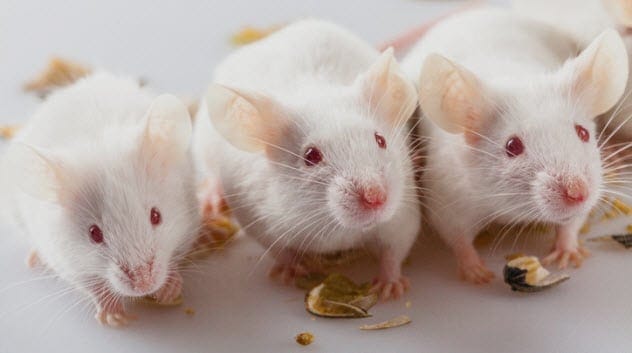
Gene editing may one day be used to treat obesity, according to Harvard University scientists. In August 2020, they revealed a new method to combat weight gain in mice by transforming unhealthy white fat cells into energy-burning brown fat cells using CRISPR gene editing.
White fat cells are unhealthy and full of lipids that can lead to diabetes. Brown fat cells, on the other hand, break down some fat for energy and store the rest in a smaller space.
The Harvard team altered the mice’s DNA, giving the white fat the characteristics of healthy brown fat. The experiment focused on UCP1, a protein found in brown fat that turns chemical energy into heat.
Over the twelve-week study, mice with white fat cells gained weight, while gene-edited mice did not. There is also evidence that the gene-editing process helped prevent diabetes.
Scientists predict that this method could eventually be developed into a treatment for obesity, though human trials are still far off.
Scientists Cure Mice of Hearing Loss
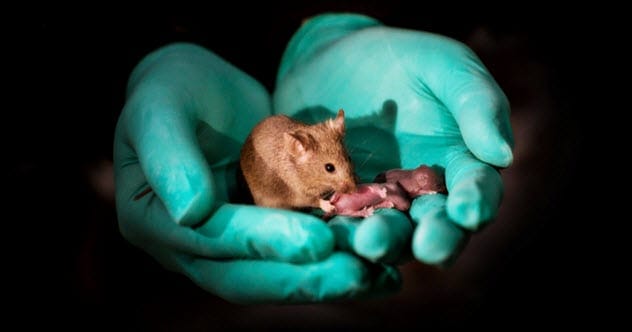
In 2019, researchers from Harvard Medical School and Boston Children’s Hospital announced a new treatment for hearing loss in mice that could eventually be used on humans.
Beethoven mice, named after the composer who lost his hearing, suffer from a genetic mutation that causes progressive hearing loss, similar to a condition affecting humans.
This hearing loss is caused by a minor alteration in their DNA. Scientists can pinpoint the defective gene without harming other healthy genes, curing the Beethoven mice of their deafness without unwanted side effects.
Researchers caution that there are still years of research needed before this therapy can be tested on humans. According to Jeffrey Holt of Harvard, “We believe our work opens the door toward a hyper-targeted way to treat an array of genetic disorders that arise from one defective copy of a gene. This truly is precision medicine.”
Killer Moths Help New York with Pest Problem
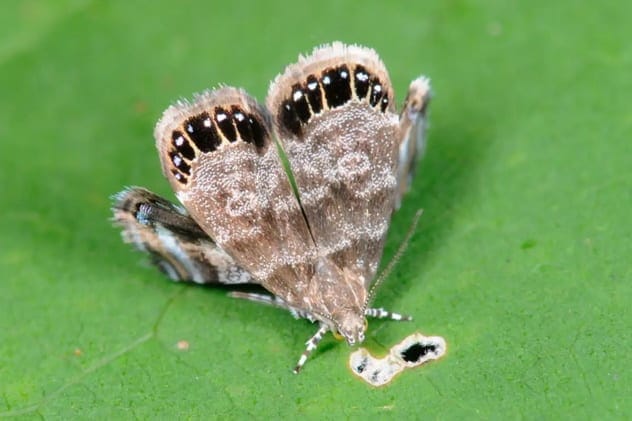
In January 2020, New York State officials released genetically modified (GM) male moths to control pest populations. Young female diamondback moths are capable of causing massive damage to farmers’ crops. The larvae consume brassica plants like kale, cabbage, and oilseed rape, causing $5 billion in damage each year.
Diamondback moths quickly develop resistance to pesticides. Oxitec, a biotechnology company in the UK, developed killer GM moths to wipe out the young pests.
Scientists added a gene to the male moths that causes newly hatched larvae to die, but only affects the females. The harmful young females perish before they can cause damage. The young males mate with wild females, passing on the killer gene to their larvae. This process continues for a few generations, after which Oxitec says the lethal gene will fade away.
Gene Editing Leads the Fight Against Superbugs

Antibiotic-resistant superbugs are a growing global crisis. Pathogens that were once easily treatable with penicillin are developing immunity to antibiotics. Without new antibiotics, these hostile germs could cause 10 million deaths a year by 2050.
Researchers from the University of Manchester have discovered a new way to produce antibiotics using CRISPR gene editing. By combining cutting-edge biological techniques, the team produced malonomycin, an unusual type of antibiotic. This may help scientists develop new forms of antibiotic medication to fight highly resistant superbugs.
Jason Micklefield, the leader of the study, stated, “We are now optimistic that our findings might lead to the discovery of new antibiotics and may also provide new ways of making antibiotics, which are urgently needed to combat emerging drug-resistant pathogens.”










